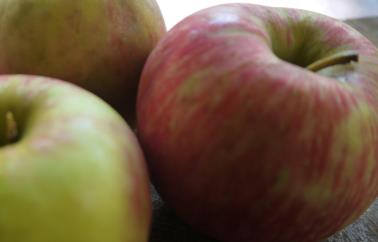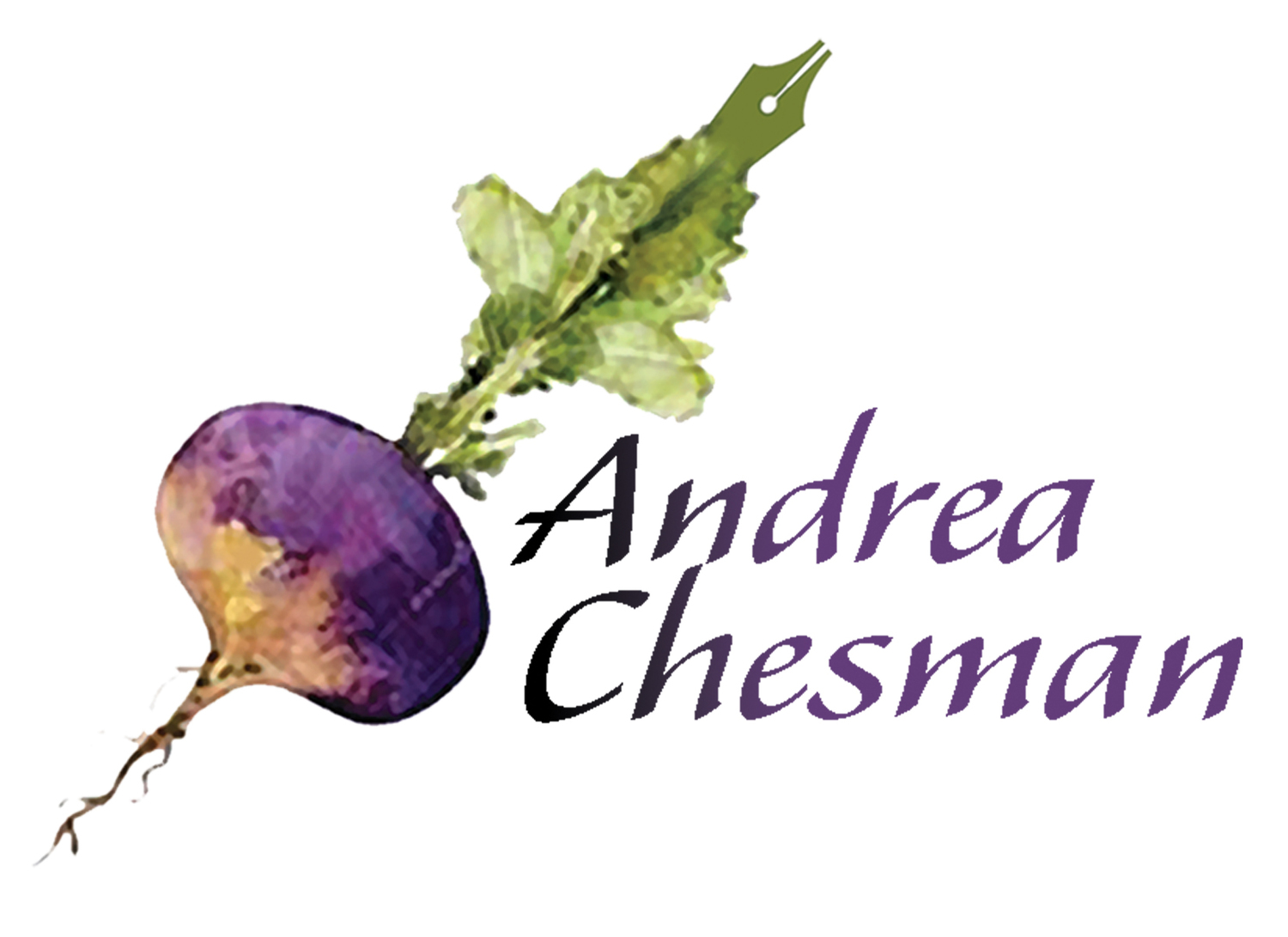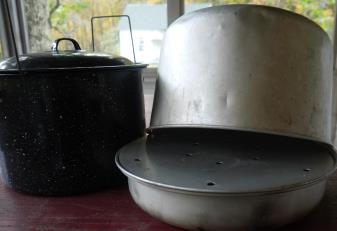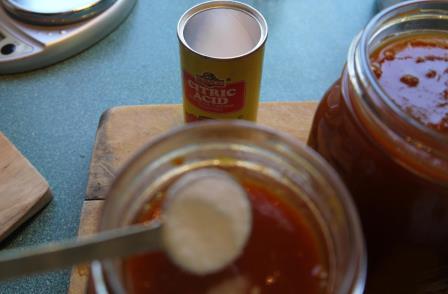I have a guilty secret. For years, I’ve been canning my high-acid foods (pickles, fruit, jams, and tomatoes) in a steam canner—even though the USDA has frowned upon the practice and even though I have taught classes using the boiling water bath canner. It was a “do as I say, not as I do” practice.

I use the steam canner to process tomator puree.
Finally, too late to include in my new book, The Backyard Homestead Book of Kitchen Know-How, researchers from the University of Wisconsin, Madison, funded by a grant from the USDA and the National Center for Home Food Preservation (NCHFP), have concluded that steam canners (properly called “atmospheric steam canners” to distinguish them from pressure canners which use pressurized steam) can be as safe and effective as water bath canners when properly used to preserve acidified or naturally acidic foods.
Why do I prefer the steam canner to the boiling water bath canner? Because they speed up food processing.
The boiling water bath canner is a large pot with a lid and a rack to hold jars—large canners hold up to 9 quart jars and the small ones hold up to 7 quart jars. When you heat the water in a boiling water bath canner, you have to bring at least 5 quarts of water up to a simmering temperature. Then add your jars and wait for the water to come to a boiling temperature, adding even more water if needed to cover the jars with at least 1 inch of water. This can take 30 to 60 heat-filled minutes, before you even begin processing, depending on the size of your canner, whether the jars were hot-packed or raw-packed, and the BTU output of your stove.

Heating water is faster in a steam canner than in a boiling water bath.
By contrast, the steam canner is a 2-quart pot with a perforated metal rack for holding jars and a tall dome lid that allows a steady stream of steam to flow around the jars. There is less water to heat and less time spent waiting for the water to heat. Best of all, pickles are exposed to less heat during steam canning, resulting in crisper pickles.
The University of Wisconsin released guidelines for using steam canners and I am replicated them here. My remarks are in square brackets.
1. Only steam can foods high in acid, with a pH of 4.6 or below. [[This means pickles, fruit, jams and jellies, and acidified tomatoes—i.e., tomatoes to which you have added 1/2 teaspoon citric acid per quart.]]

Adding citric acid to tomatoes acidifies them for safe canning.
2. Always use a research-tested recipe developed for a water bath canner. Acquire recipes from university extension programs or from the NCHFP (NCHFP.UGA.edu). The booklets that accompany steam canners usually don’t provide safe instructions.
3. Heat jars prior to filling them with food and minimize the amount of cooling time that passes prior to processing. You can use half-pint, pint, or quart jars. [[I set the jars upside down on the canner rack and let them heat as I heat the water in the pot below. When the water has boiled for about 10 minutes, if I am not ready to can, I turn off the burner, but leave the jars as they are. They will hold their heat.]]
4. Process jars only after the temperature reaches pure steam at 212 degrees Fahrenheit. Wait to start the processing time until the canner has vented and a full, steady column of steam appears. Monitor the temperature with a thermometer. [[The dome lid has holes to release the steam. This is why you can’t adapt another pot to be a steam canner—you need to see that steam escape.]]
5. Modify processing time for elevation — in general, add 5 minutes for each 1,000 feet you’re above sea level in elevation.
6. Only use recipes that require 45 minutes of processing time or less, as the amount of water in the canner may not last any longer. Don’t open the canner to refill the water while processing foods. [[Not a problem at most elevations. Most pickles and jams require 5 to 10 minutes of processing time. Acidified tomatoes and tomato purees require 40 minutes.]]
7. Cool the jars in still, ambient air. Cool jars on a rack or towel away from drafts. Don’t place them in the refrigerator to hasten the process.
Prices for steam canners vary widely. Go for the simplest, least expensive one you can find. My steam canner is about 35 years old and has been beaten up in suitcases when I take it to demos. It will last a lifetime. And remember: It is only good for high-acid foods, like the applesauce I am about to make.

It's applesauce time!
It’s applesauce time!




